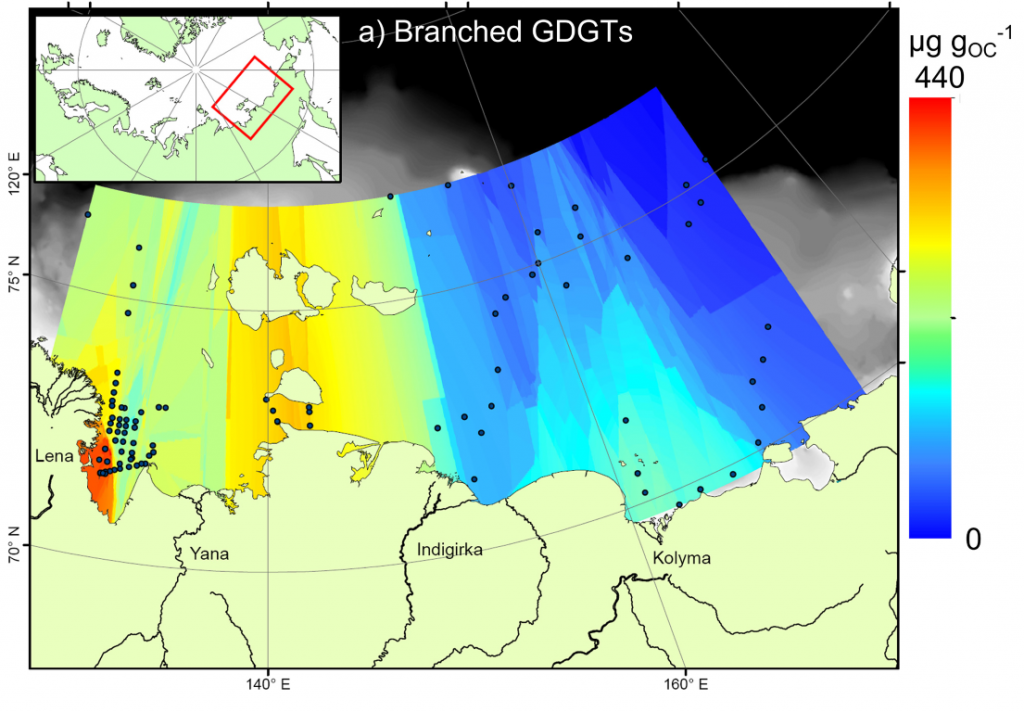My last post talked about Open Access publishing, and the various philosophies for spreading (and/or making money from) academic knowledge. Now there is a chance to play an active part in the publishing process. My latest paper has been submitted to a journal called “Biogeosciences” which is administered by the European Geosciences Union (EGU). Their journals are published using a super open process, where more than just the final paper is released free-of-charge to the world. Whereas in regular Open Access publishing anyone is free to read the final reviewed work, in EGU journals the initial version is also made available. Two reviewers are selected from the community, and their reviews are shown on the website as well. Everyone else is free to read and comment on the paper, raising questions that the authors have to respond to. It is hoped that this system is a) transparent b) open to more (constructive) criticism than the standard two-review system and c) faster, since the paper is available for people to read at an earlier stage of the process.

Our paper discusses the distribution of GDGT biomarkers on the East Siberian Arctic Shelf. We measured these biomarkers to determine whether the organic matter deposited on the shelf came from land or ocean sources. When we had made these measurements, a model was created to try and explain the observations and work out the budget for carbon being delivered to the shelf from large Arctic rivers.
If you want to read and comment on the paper it is available on the Biogeosciences website
One thought on “GDGT distributions on the East Siberian Arctic Shelf: Discussion paper”